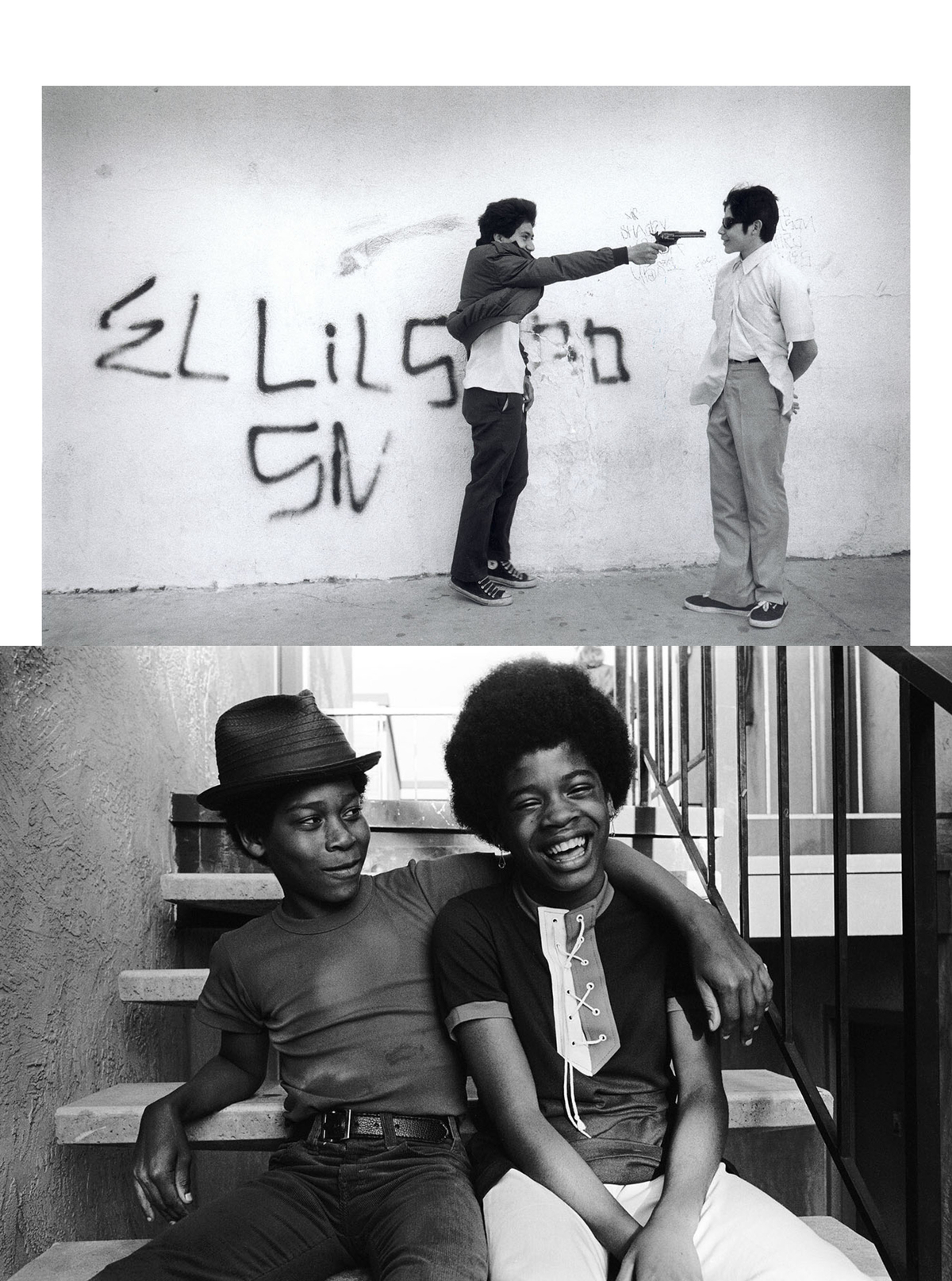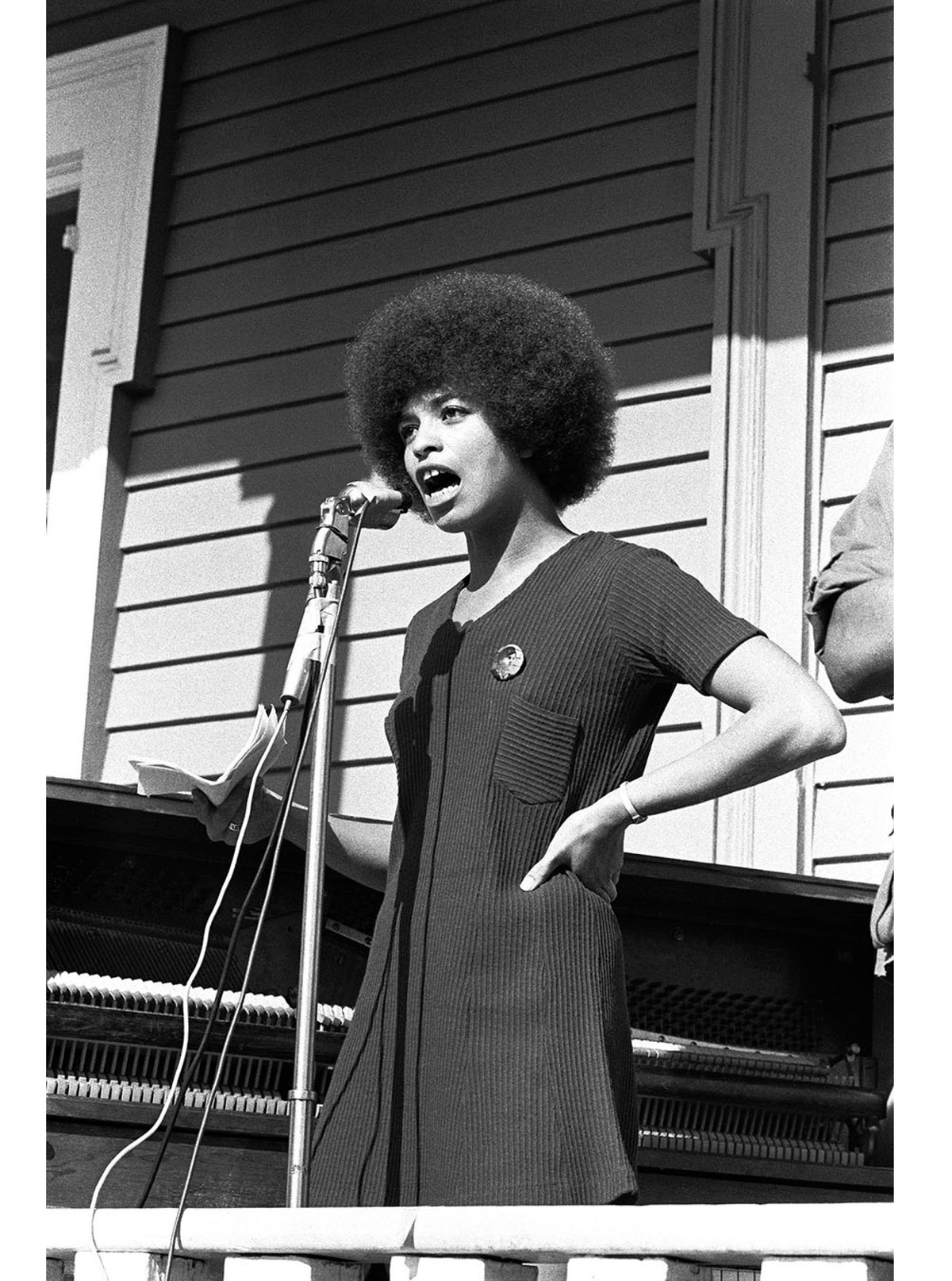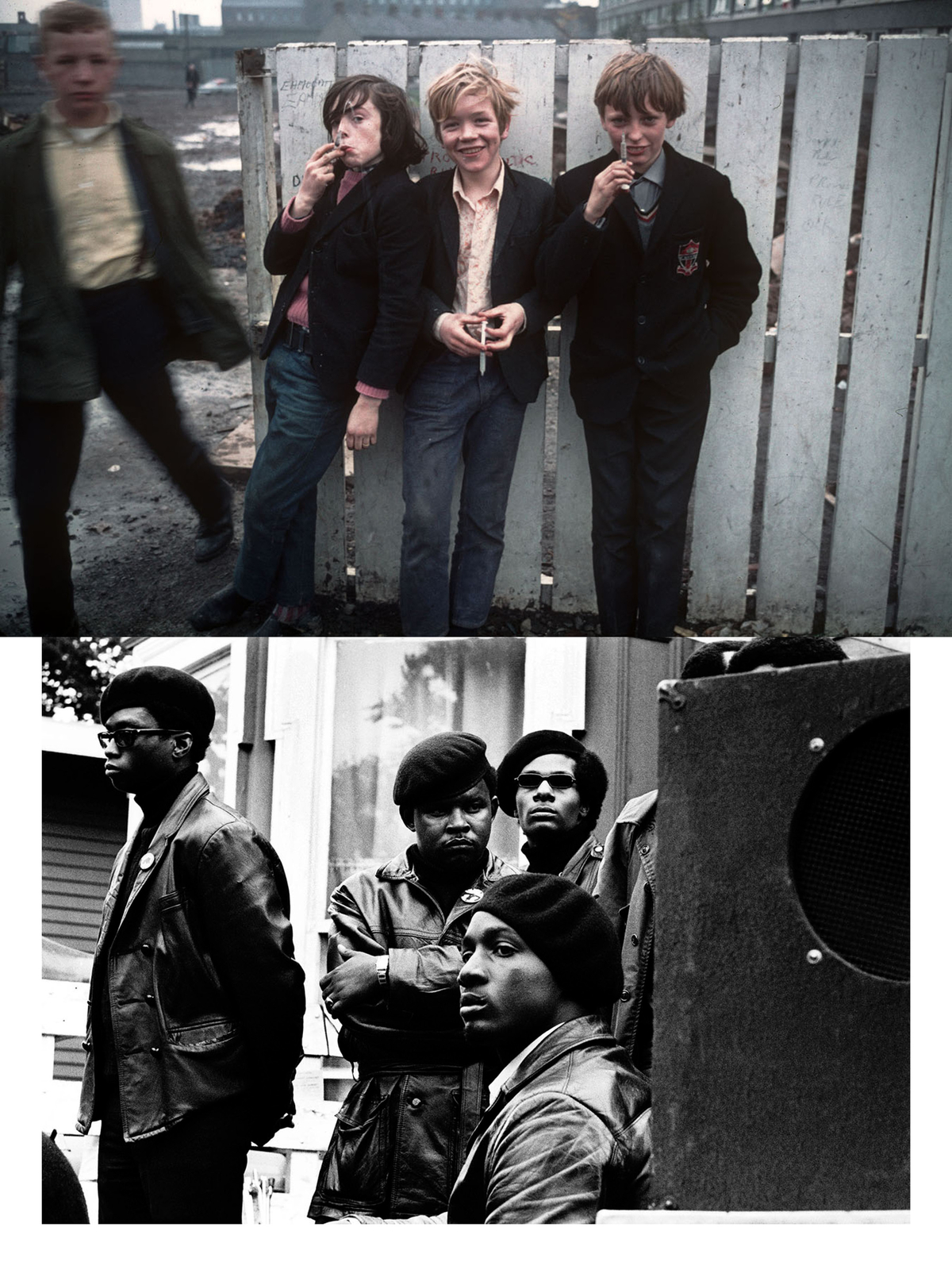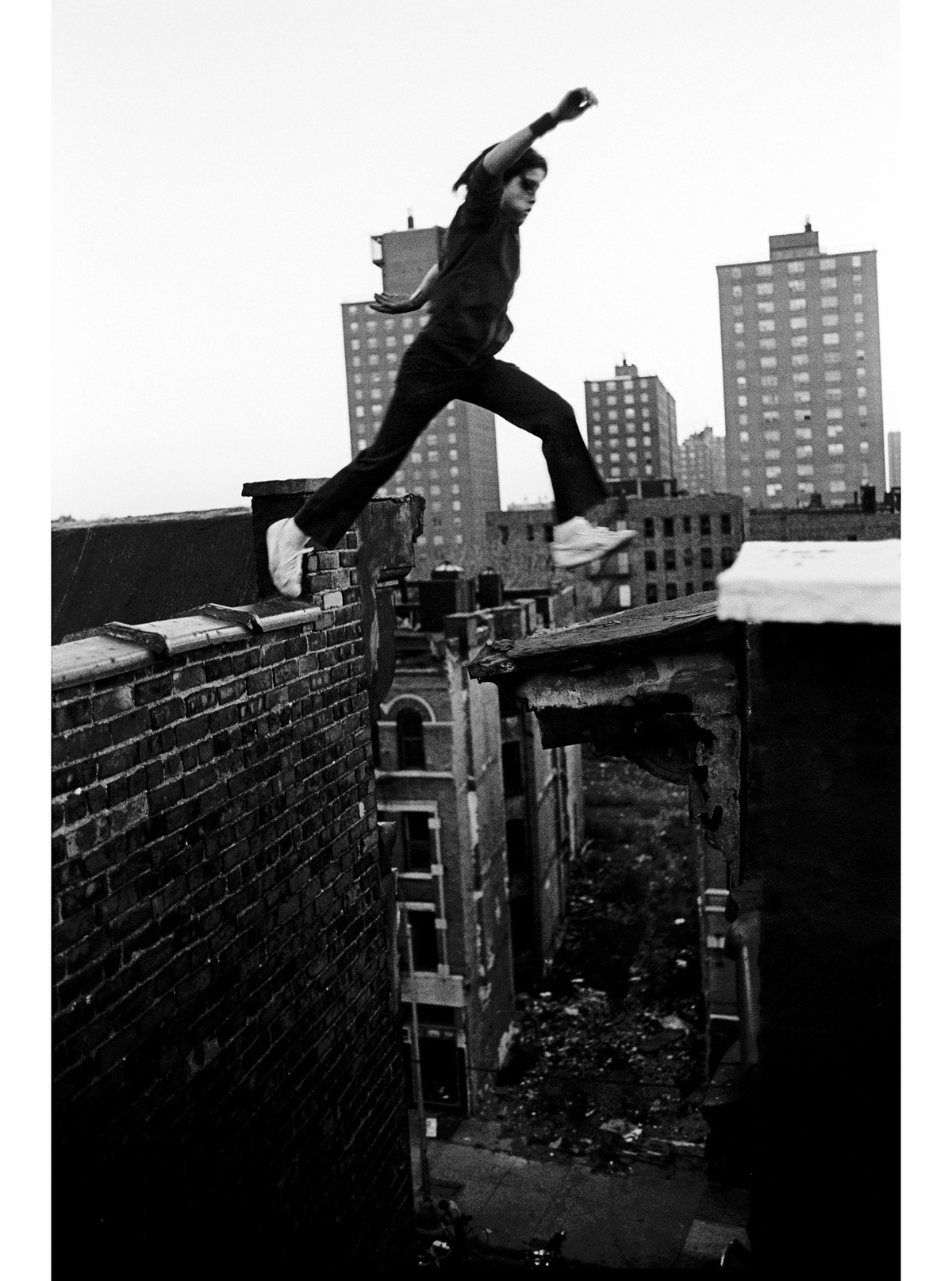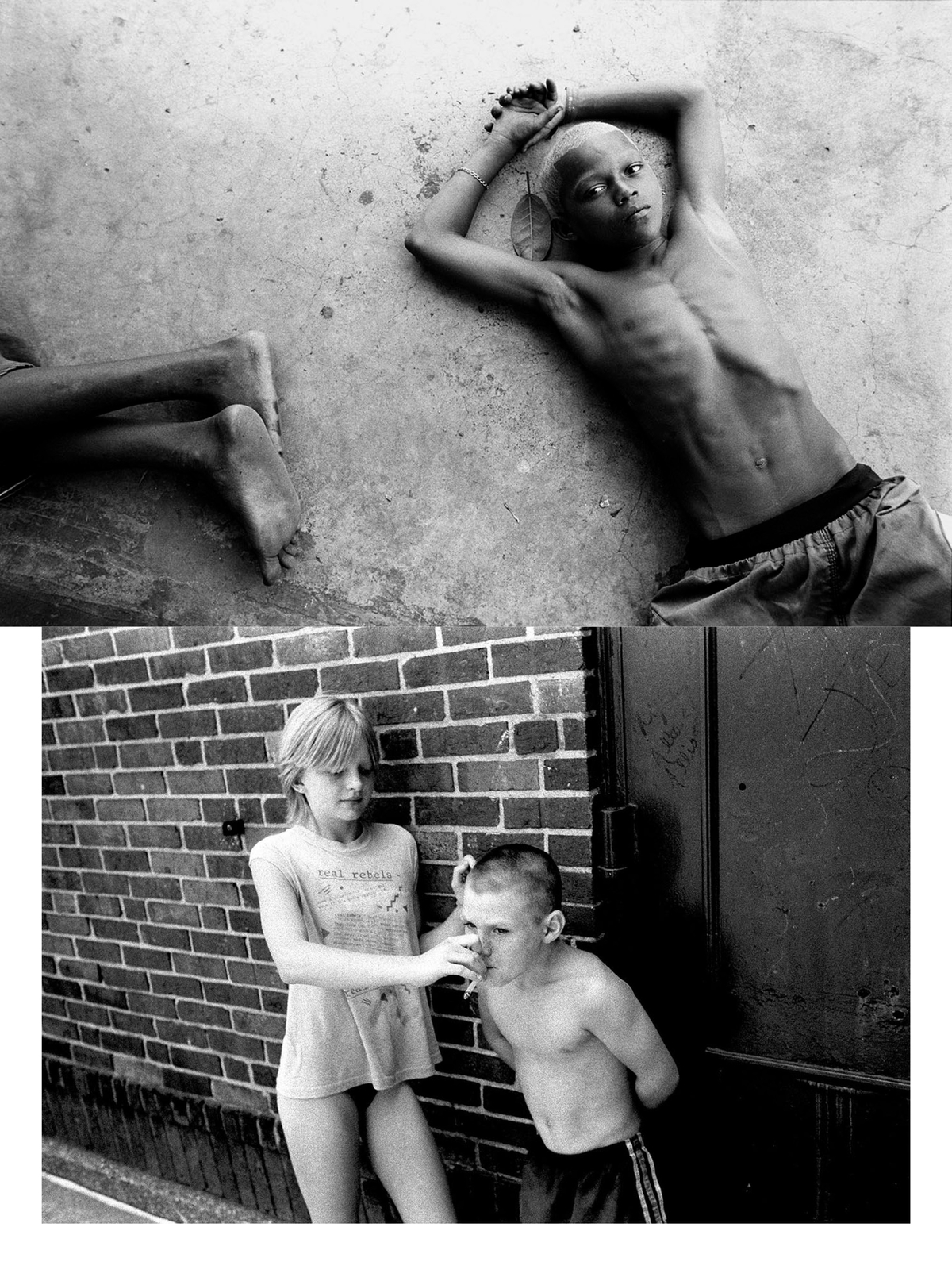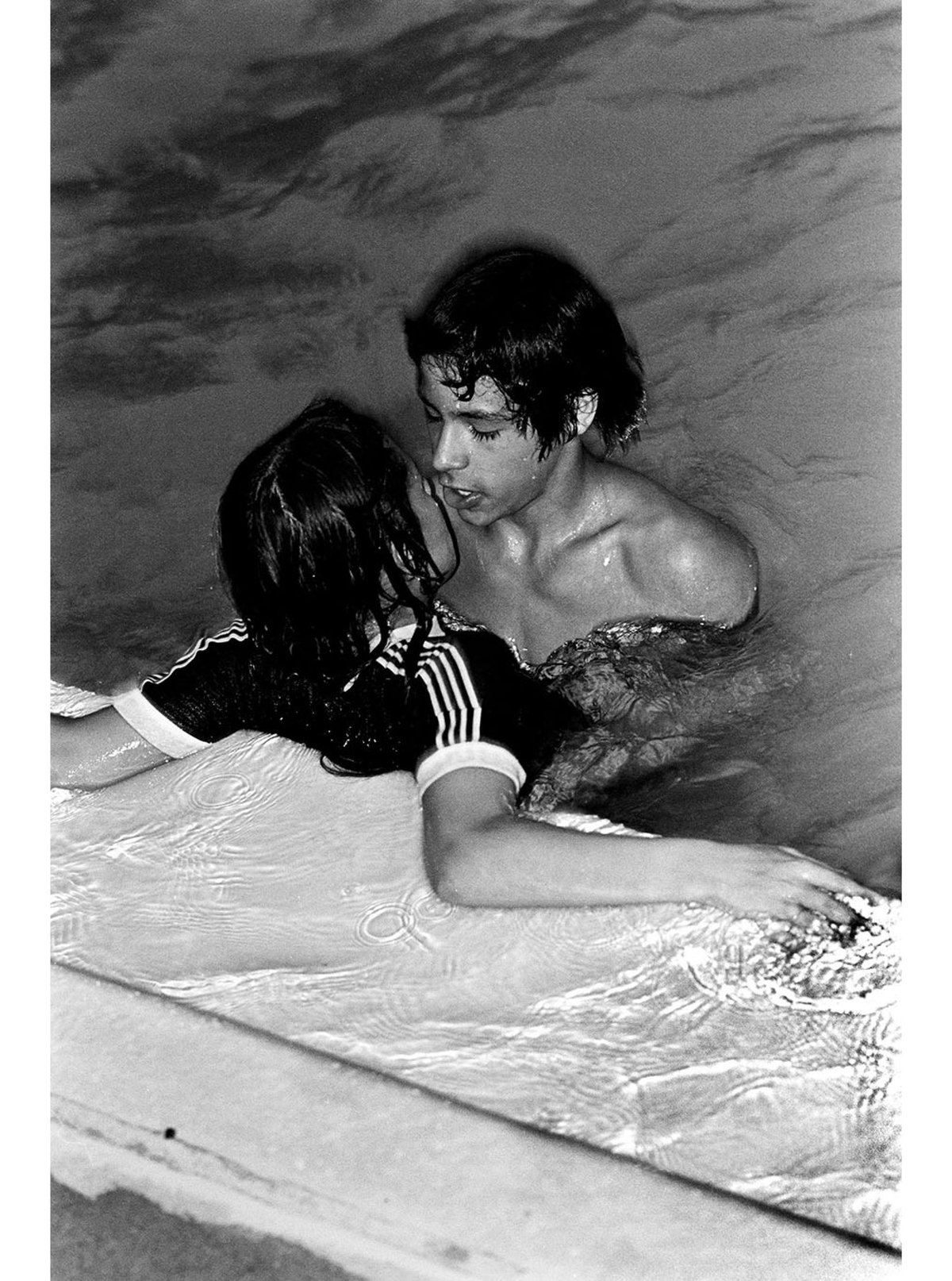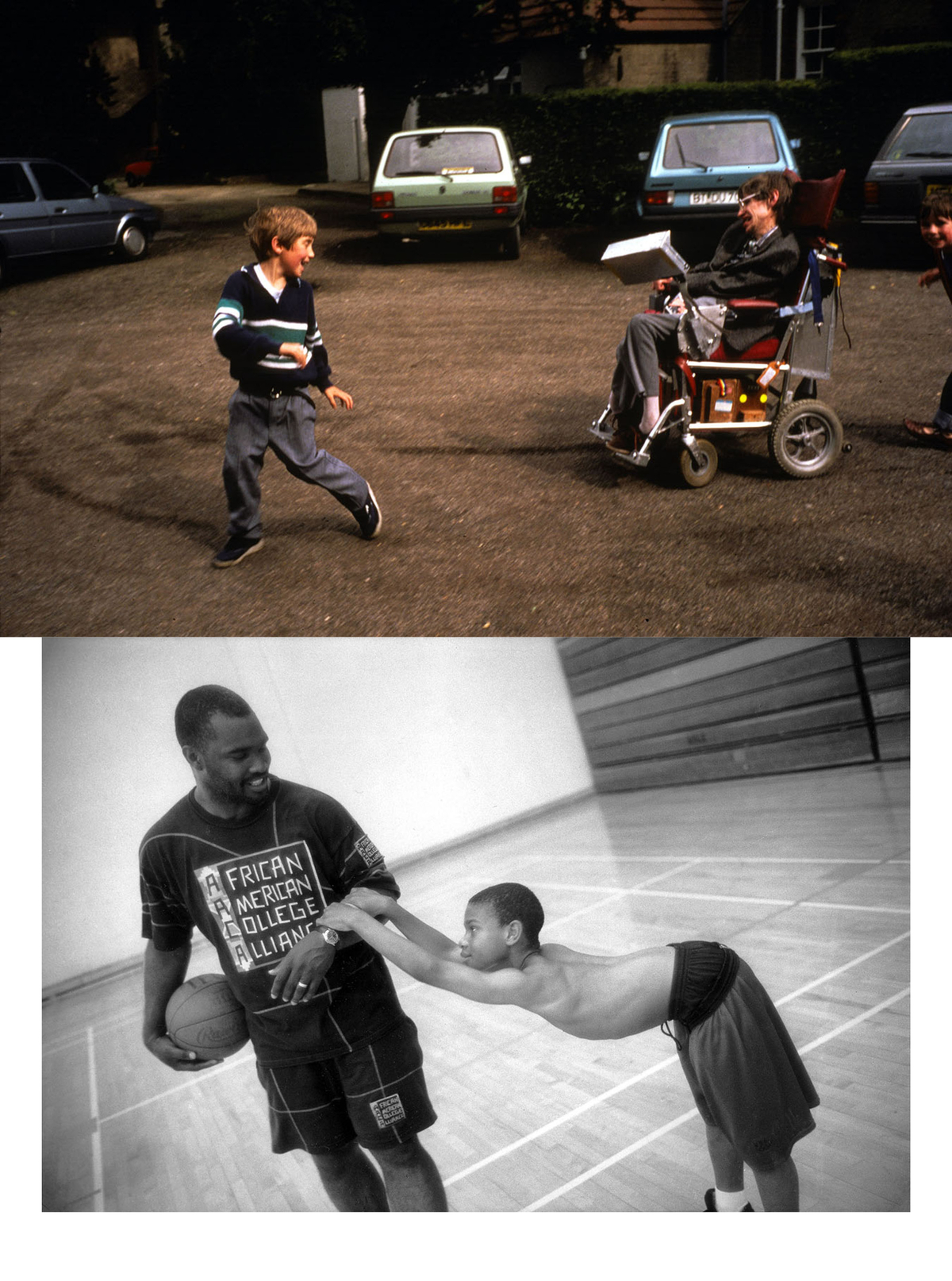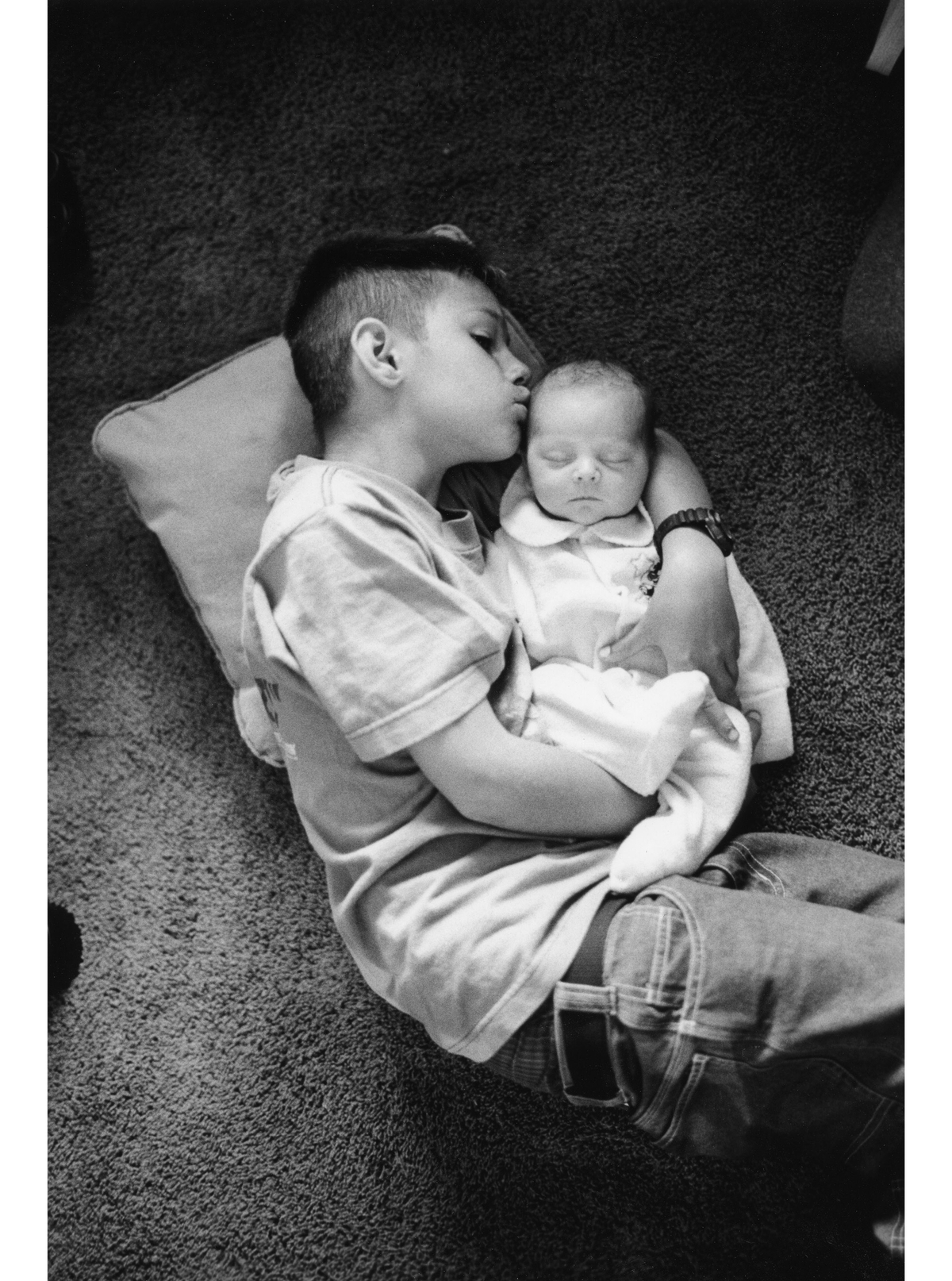After six decades behind the camera, witnessing both tragedy and triumph on five continents, the photojournalist Stephen Shames has arrived at a simple truth: “There’s nothing more extraordinary than reality.”
Shames’s journey began in the 1960s at the University of California, Berkeley, where as an “artist of the struggle” he documented the anti–Vietnam War movement and the rise of Black Power. Mentored by the one and only Bobby Seale, leader of the Black Panthers, he met—and photographed—figures such as Angela Davis, and learned, as he puts it, “to see community that was not my own from the inside.”
Since then, Shames’s photographs have captured both darkness and light: child soldiers and gang members but also first kisses and tender hand-holding. He’s trained his lens on influential figures such as Martin Luther King Jr. and Stephen Hawking, yet his most enduring portraits are of ordinary people.
In fact, his camera became a ticket to anywhere and anyone. Most especially, Shames has focused on children in distress and the fragile bonds of family, whether in Uganda or Dublin or the Bronx. “The important things are universal,” he says. “Birth, death, work, family, children.”
Such empathy has made him an advocate. Shames testified before the U.S. Senate on child poverty and has published landmark books—one of which President Jimmy Carter praised for inspiring all of us to “make a difference in the lives of others.” Shames also founded an NGO in Africa that helps forgotten children by sending them to top schools and colleges.
His new retrospective volume, Stephen Shames: A Lifetime in Photography, organizes 136 images into a sort of movie montage of his life’s work thus far. “To get good photographs,” he says as a tip, “you must insert yourself into other people’s lives, earn their trust, and form a deep relationship.” You must see them as people worth getting to know. —Carolina de Armas
Carolina de Armas is a Junior Editor at AIR MAIL


